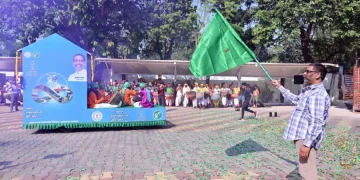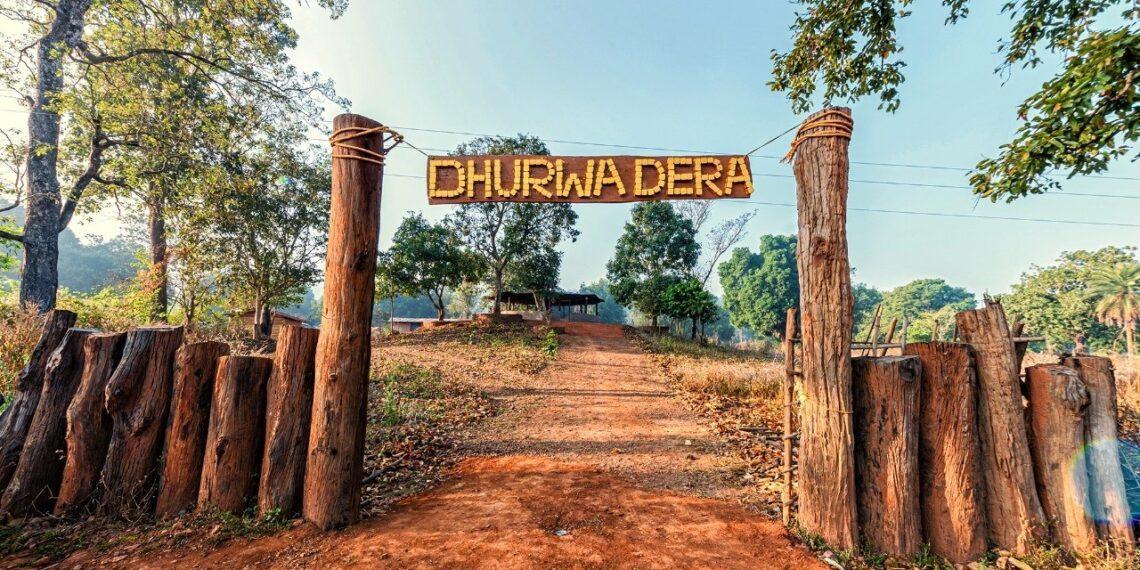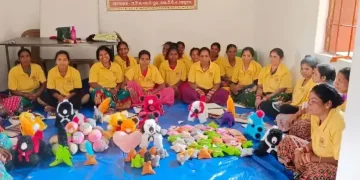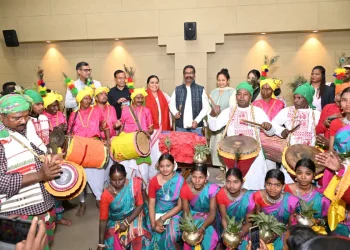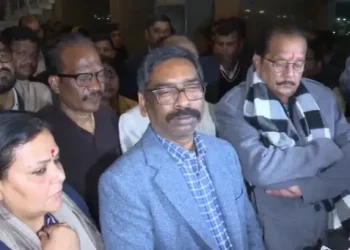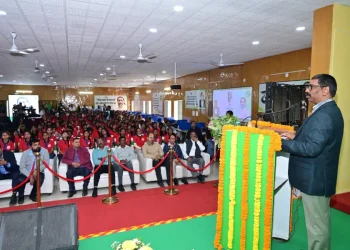Jagdalpur
Not long ago, the very mention of tribal-dominated Bastar, alongwith others like Dantewada, evoked an instant sense of fear. The fear of the Naxals. But with Left Wing Extremism on the wane, a new Bastar is in the making with the focus on harnessing the district’s vast tourism potential.
Not surprising then that projects like rural electrification and drinking water supply through solar power under the Jal Jeevan Mission are going hand-in-hand with the construction of homestays and jungle trails.
To ensure income generation in villages around the Kanger Valley National Park, 40 km from district headquarters Jagdalpur, local youths are being trained as travel guides.
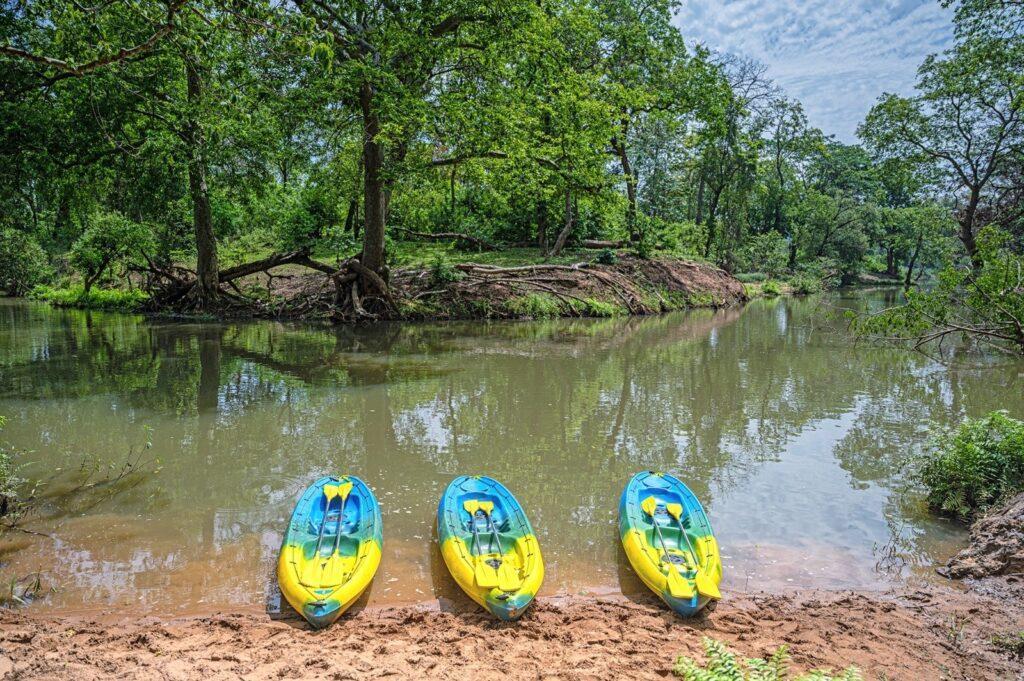
As part of homestay development, loans to the tune of Rs 1 lakh have been disbursed to 10 beneficiaries. For tourist attraction, there is kayaking at Dhurwa Dera and monsoon trails in the Tirathgarh waterfall area of Kanger Valley.
“As many people want to stay in Bastar, there is a need for more homestays. The Kanger Valley Park management is in the process of sending 50 new homestay proposals to the Government of India as well as a proposal for giving the place a UNESCO heritage site status,” Park Director Dhammshil Ganvir told The Indian Tribal, informing about a few initiatives for promoting ecotourism.
“For the latter, a consultative workshop was organised. There is a collaboration attempt with the Indian Institute of Tourism and Travel Management,” he added.
He said there is a need to make Adivasis skilled so that they can run homestays on their own in future. Some of them are also trying to build community homestays by coming together, he added.
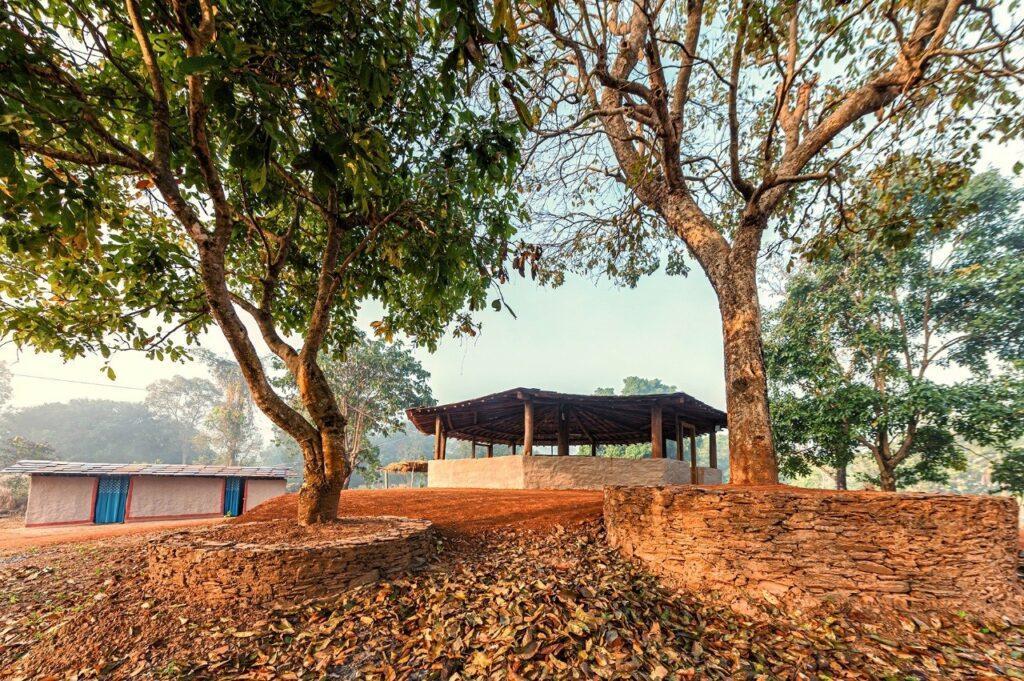
While tourism is desirable for ensuring employment opportunities to people, it is at times disruptive too. This is particularly true where a large number of Adivasis reside.
But Mansingh Baghel, owner of the Dhurwa Dera homestay in Dudhmaras village, about eight km from Kanger Valley, said if the sustainability factor is kept in mind, then there is no problem with the influx of tourists. This homestay opened last year in December.
Similarly, at the Tirathgarh waterfall, the Kanger Valley management has formed an eco-development committee to guide tourists.
One of its members, Umesh Baghel, said there are 23 members at present. Of them, 13 are women. Some youths have, however, left for higher education while a few women got married.
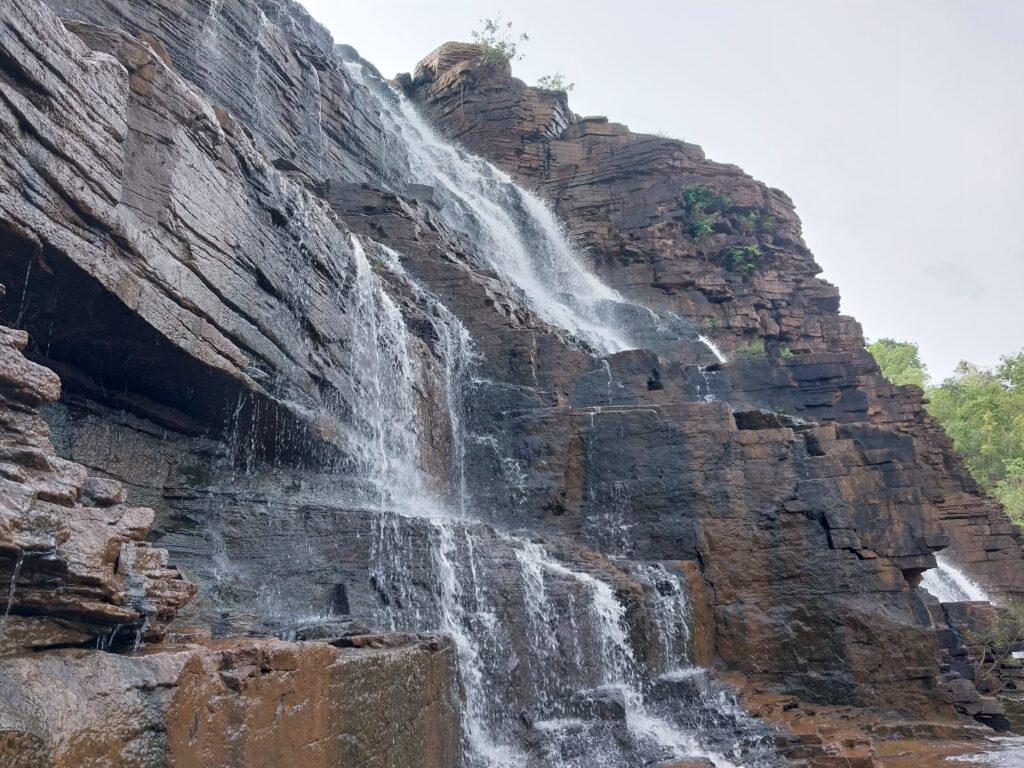
According to Umesh, while Tirathgarh waterfall is the main attraction, there are many smaller waterfalls nearby where tourists are taken on trails. But if the water level is more, then treks are stopped for the time being. “It is adventurous but unnecessary risk is avoided regarding tourist safety. However, travellers do get a genuine jungle experience and try out tribal food. If it doesn’t rain, we arrange for bonfires as well as songs and dances,” he pointed out.
As many tourists appreciate the Adivasi culture, it is responsibility of youths like us associated with the committee to carry forward our culture and pass it on to the next generation, Umesh said.
The Committee also raises awareness on the responsible disposal of plastic wrappers and bottles, and ensures that tourist areas remain tidy.
For the not-so-adventurous types, there is always the Dhurwa Dera homestay where till now about 20 groups have come to stay.
“Solo travellers are few. Accommodation charges are Rs 1500 per night with nominal food charges. We cook and serve guests. An added attraction is the sighting of the Bastar mynah which is spotted easily. There is an added responsibility towards protecting the birds,” owner Mansingh Baghel said.
Ganvir, who had engaged local youths as mynah mitras last year, said the Bastar mynah population has revived as the birds are now visible in 15 villages.








